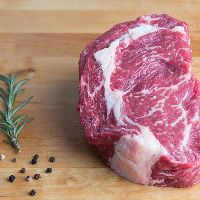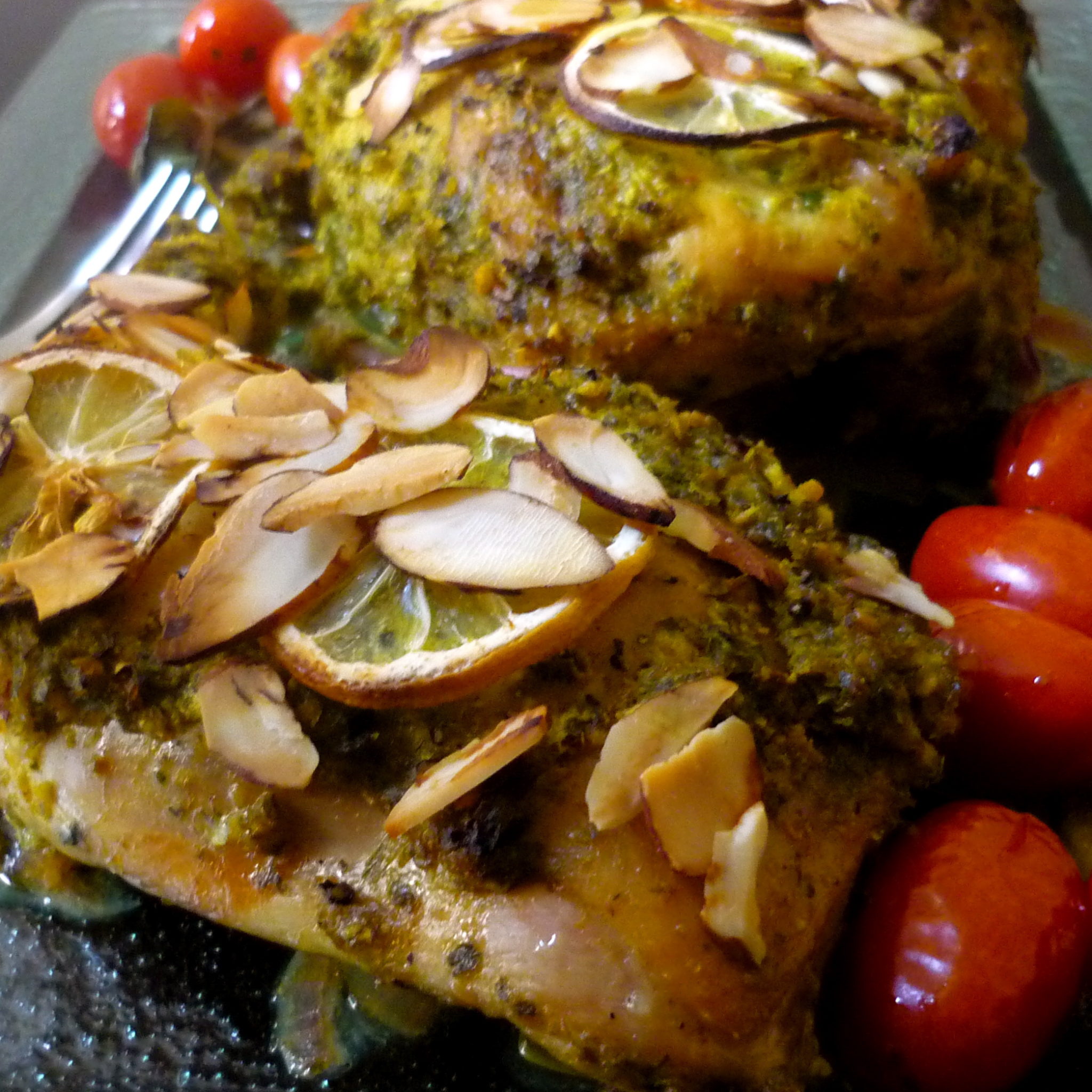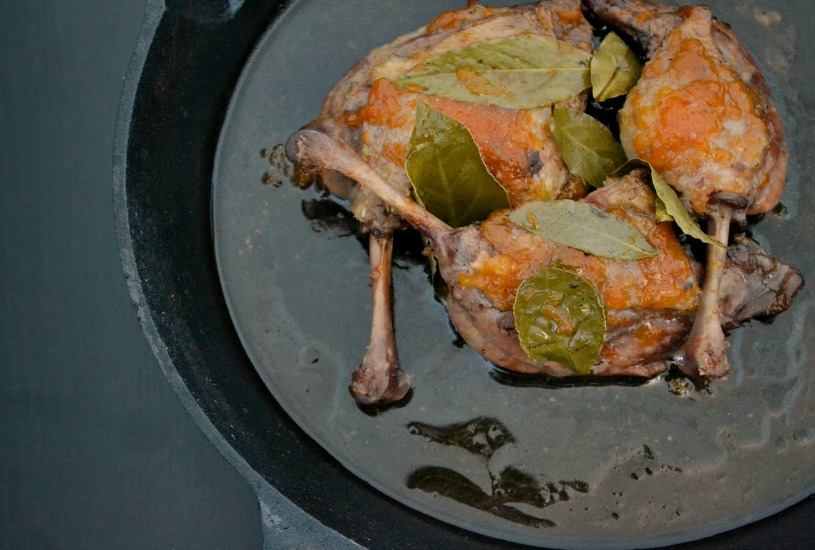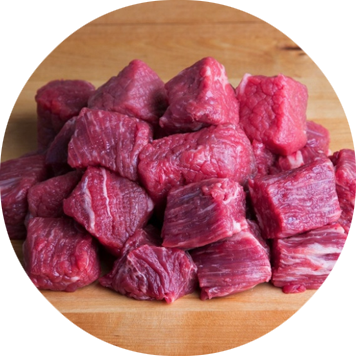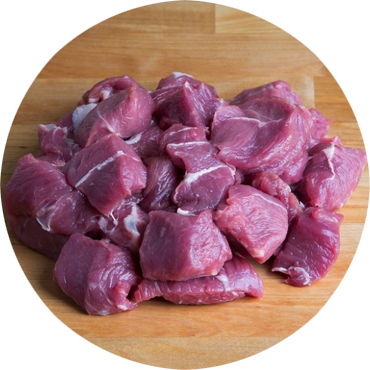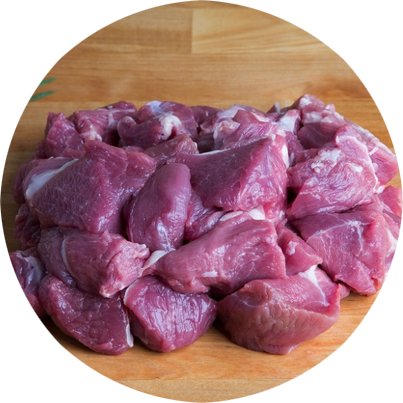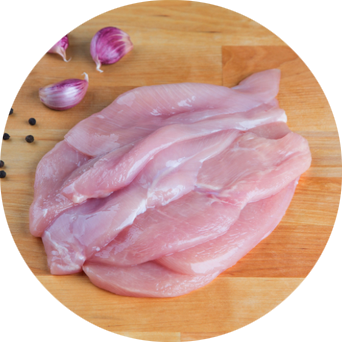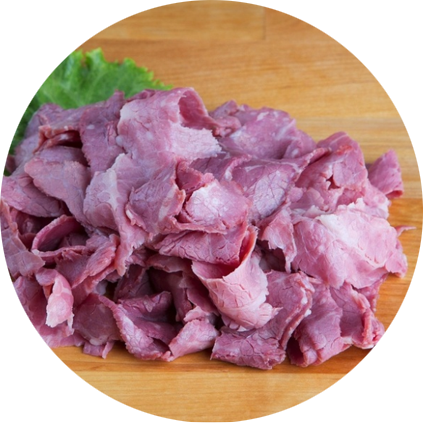Step 1: Searing the outsides
We recommend searing your steak on high heat on both (or all) sides to develop a nice crust, and then lowering the heat to continue cooking the inside to your desired doneness.
When searing your steaks, if it doesn’t move easily, don’t force it! You may need 4-5 minutes per side to get a really good sear, at which point the outside of your steak will be dark brown and smell amazing, and, most importantly, it will release easily from your pan. If you try to force it before it releases easily, you’ll leave all the flavor stuck to the bottom of your pan or grill.
If you prefer very rare steak, or are cooking a very thin or small steak, this might be all the cooking you need to do. For thicker steaks or if you prefer your steak more cooked, you’ve got two ways to gauge your next step: temperature and feel.
Step 2: Finish cooking the inside to your desired doneness.
You can continue cooking your steaks on the stove top or grill (turn the heat down, or transfer to a cooler part of your grill) or in the oven (set the oven to 350F). How long you continue to cook the steak for will depend on how thick it is and how you like it cooked. (It might also depend on texture — see “Cooking for tenderness” below).
“Desired Doneness” is a fancy way of saying, “How do you like your steak?” Here are the most common descriptions:
- Rare: center is bright red, very cool
- Medium Rare: center is red and warm
- Medium: pink throughout
- Medium Well: pink center, with darker edges
- Well Done: no pink
Temperature
To use a thermometer, choose your desired doneness and remove your steak from the heat when it reaches that temperature. The final temperature is going to rise about 5-10F after you stop cooking your steaks, but the number we’re concerned with here is the point at which you can say your steaks are done.
- Rare: 110°F
- Medium Rare: 120°F
- Medium: 130°F
- Medium Well: 140°F
- Well Done: 145°F
Note: Consuming raw or undercooked meats may increase your risk of foodborne illness. The USDA recommends an internal temp of 145°F and resting for at least 3 minutes.
Feel
No thermometer? No problem. You can also tell how done a steak is by how it feels. To get a sense of this, think about how soft and malleable your steak is when it’s raw, and how it firms up after cooking. The amount of firmness can help you gauge how cooked it is inside.
You can use your hand as a guide to how different levels of doneness feels. By pinching your thumb and different fingers together, the fleshy pad at the base of your thumb will be more or less firm. Compare how that feels to how firm your steak feels, and you’ve got a rough sense of whether to keep cooking it or not.
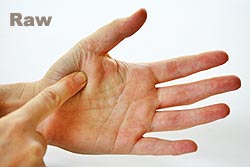




Cooking for tenderness
Some steaks, such as Denver, Chuck and Korean Short Ribs, benefit from a longer, slow cooking period to encourage the meat to become more tender. In this case, you’re going to feel the meat when it comes to temperature — if it still is stiff to the touch, keep cooking it on very low heat (or in a 250F oven) for another 5-15 minutes. You should start to feel the fibers loosen up.
Step 3: Let it rest
Your steak is not done when it has come to temperature or has reached desired firmness! It now must rest at least 5-10 minutes before you slice into it. Why? The intense heat pulls the juices out of the meat fibers; as the steak cools, those juices get reabsorbed, giving you that juicy, flavorful steak you’re so looking forward to enjoying. If you cut your steak right after you remove it from the heat, you’ll find that all the juices run out over your cutting board and the steak will taste dry.
Cover the steaks loosely with a piece of foil or a caserole lid left ajar — you don’t want steam to build up, which will ruin the crust, but you also don’t want them to cool down too much.
After 5-10 minutes, your steak is now done. Enjoy!

